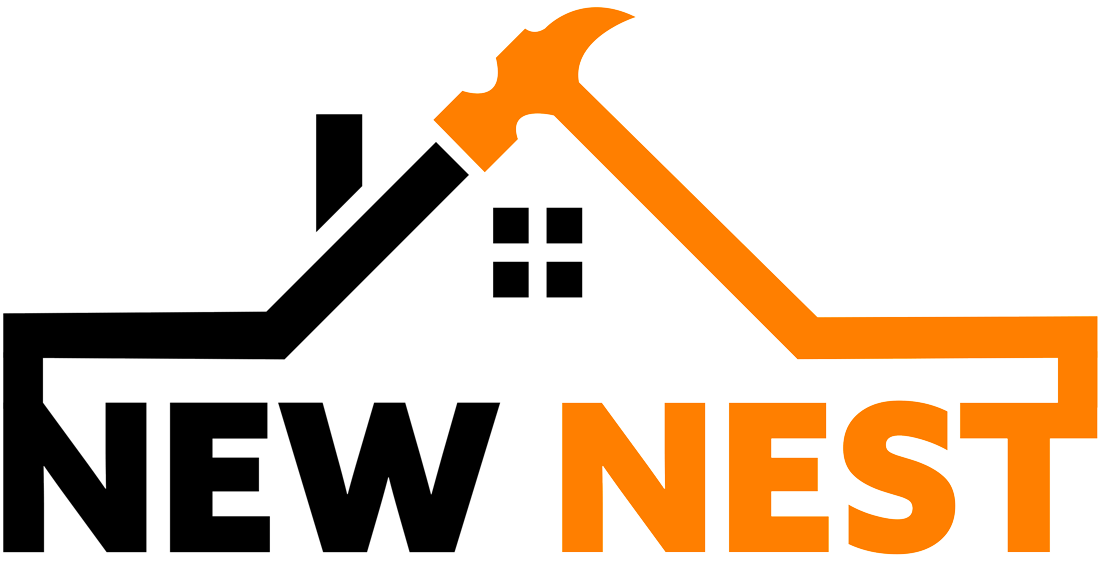The world of residential construction is in a constant state of evolution, with new technologies, materials, and design trends reshaping the way homes are built. Whether you’re planning to build your dream home, undertake a renovation project, or simply want to stay updated on the latest developments in the industry, understanding current residential construction trends is essential.
In this blog post, we’ll explore some of the key trends that homeowners should be aware of.
Sustainable Building Practices
Sustainability is no longer just a buzzword; it’s a guiding principle in residential construction. Homeowners are increasingly demanding eco-friendly building practices and materials that reduce energy consumption, lower environmental impact, and create healthier living environments. This includes the use of energy-efficient appliances, solar panels, and eco-friendly building materials like reclaimed wood and recycled glass.
Smart Home Integration
The concept of a “smart home” is no longer a concept from the future; it’s a reality today. Smart technologies are becoming increasingly integrated into the construction process, allowing homeowners to control lighting, heating, security, and even appliances through their smartphones or voice commands. Homes are being designed with built-in systems for easy automation, making daily life more convenient and efficient.
Energy-Efficient Designs
In an era of rising energy costs and environmental awareness, energy-efficient home designs are a top priority. This includes well-insulated walls and roofs, high-efficiency windows, and HVAC systems that reduce energy consumption. These designs not only reduce energy bills but also have a positive impact on the environment.
Open Floor Plans
Open floor plans have been a popular trend in residential construction for some time, and they show no sign of going out of style. Homeowners are looking for spacious, interconnected living areas that promote social interaction and a sense of flow. Kitchens that seamlessly integrate with living spaces and dining areas have become a hallmark of modern residential design.
Aging-in-Place Features
As the population ages, there’s a growing demand for homes that are designed to accommodate people of all ages and abilities. This trend includes features such as wider doorways, stepless entries, and accessible bathrooms. These designs make it possible for homeowners to stay in their homes comfortably and safely as they age.
Multifunctional Spaces
With the rise of remote work and changing family dynamics, multifunctional spaces have become a popular trend. Homeowners are seeking rooms that can serve multiple purposes, such as a home office that doubles as a guest room or a playroom that converts into a workout area. Versatility and adaptability are key in modern home design.
Exterior Living Spaces
Outdoor living is a significant trend in residential construction. Homeowners are investing in well-designed patios, decks, and outdoor kitchens that create functional and attractive spaces for relaxation and entertainment. Landscaping is also playing a crucial role in enhancing the outdoor experience.
Customization and Personalization
Homeowners are increasingly looking for ways to put their personal stamp on their homes. Customization options, from selecting unique finishes and fixtures to designing custom cabinetry and built-ins, are essential in creating a home that truly reflects the owner’s personality and style.
Health and Wellness Features
The importance of health and wellness has extended to residential construction. Features like dedicated workout spaces, meditation rooms, and even air purification systems are becoming more common in modern homes. These features aim to enhance physical and mental well-being.
Local and Sustainable Materials
Using locally sourced and sustainable materials is not only an environmentally responsible choice but also a popular trend in residential construction. Homeowners are increasingly valuing materials that are not only durable but also have a low carbon footprint.
Here are some tips for homeowners who are considering building a new home or renovating their existing home:
Do your research:
Learn about the latest residential construction trends and features. This will help you to make informed decisions about what you want in your home.
Work with a qualified contractor:
Choose a contractor who has experience with the type of construction project you are planning. Be sure to get multiple bids and check references before hiring a contractor.
Be prepared for unexpected costs:
No construction project goes exactly according to plan. Having a contingency fund is a wise move to cover any unexpected expenses.
Be patient:
Building a new home or renovating an existing home can be a time-consuming process. Be patient and enjoy the process of creating your dream home.
Residential construction trends are constantly evolving, but the most important thing is to build a home that meets your needs and reflects your style. By following the tips above, you can create a home that you will love for years to come.


